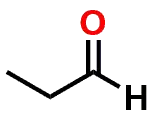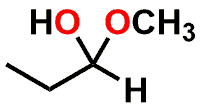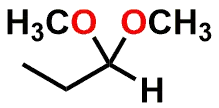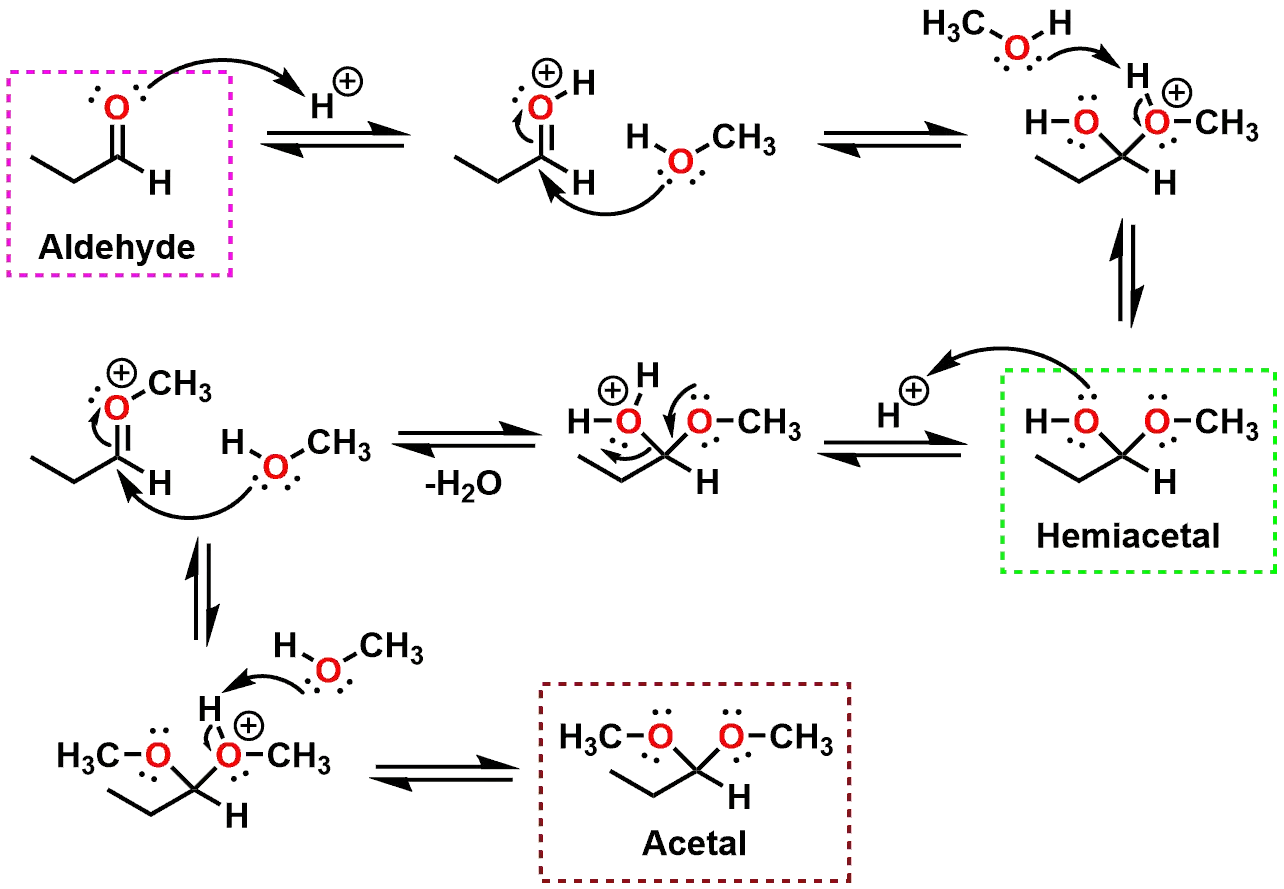Acetal, hemiacetal, ketal or hemikal – they’re more than just aldehyde and ketone siblings
In general, I have the impression that the Acetal and Ketal functional groups are often presented to students as only special cases of their carbonyl containing siblings – the Aldehydes and Ketones. Most likely this is simply because, pedagogically, it makes sense to first describe the extensive chemistry of the Aldehydes and Ketones prior to deriving what ends up seeming like secondary functional groups. As an unfortunate consequence of this however, I find that many students who have taken Organic Chemistry and then transition into fields of study such as Pharmacy, Medicine (or even some of the Biological sciences), fail to recognize the groups and their importance to either Drug Metabolism or the structure and reactivity of Carbohydrates (Sugars). With these thoughts in mind, let’s take another look at Acetals and Ketals and then work our way to highlighting their importance in a greater biological context.
| FUNCTIONAL GROUP |  Aldehyde Aldehyde |
 Hemiacetal Hemiacetal |
 Acetal Acetal |
| Oxidation State of Carbon in Functional Group | +1 | +1 | +1 |
| Hybridization State of Carbon in Functional Group | sp2 | sp3 | sp3 |
| FUNCTIONAL GROUP |  Ketone Ketone |
 Hemiketal Hemiketal |
 Ketal Ketal |
| Oxidation State of Carbon in Functional Group | +2 | +2 | +2 |
| Hybridization State of Carbon in Functional Group | sp2 | sp3 | sp3 |
Figure 1: Acetal & Ketal examples shown alongside their Aldehyde & Ketone precursors. Also illustrated are the half-way (hemi-) points between the functional groups which are known as either a Hemiacetal or Hemiketal. Notice that there is no change in Oxidation State within each series.
If you examine Figure 1, you’ll note that the Aldehyde and Ketone molecules are identical to the Acetal and Ketal counterparts when considering: a) the carbon backbone of the molecules and; b) the oxidation state of the carbon that is part of the aforementioned functional groups. The most significant differences between the groups is that the carbon is sp2 hybridized and trigonal planar in shape for the Aldehyde and Ketone (1 Carbon-Oxygen double bond), but sp3 hybridized and tetrahedral in shape for the functional groups that contain a central Carbon with two Carbon-Oxygen single bonds.
While the difference in hybridization may at first seem to be a considerable, it should be kept in mind that the two groups are actually related by an equilibrium. It is this equilibrium that governs much of the structure and reactivity of carbohydrates and also the metabolic decomposition of drug molecules following their oxidation by Cytochrome P450 enzymes. Before we look at some specific examples, lets review the general mechanism of the interconversion of an aldehyde to an acetal (or ketone to ketal).
The terms ‘acetal’ and ‘ketal’ have had varied use over the years. Back in the day, acetals were diethers of geminal diols (ie. 1,1-diols), with a formula R2C(OR’)2 ( R’ ≠ H ) where at least one R = H, and were therefore derived from aldehydes. Whereas, when neither R = H, they were called ketals and were obviously derived from ketones. Then, IUPAC decided that all compounds with structure R2C(OR’)2 ( R’ ≠ H ) were to be called acetals, regardless of whether they were derived from aldehydes or ketones. Chaos ensued! OK, just kidding… but it was confusing, with most Professors continuing to teach the old system of acetals and ketals. More recently, IUPAC have compromised and now all compounds with formula R2C(OR’)2 ( R’ ≠ H ) are acetals, but the subclass of these that are derived from ketones may again be called ketals, having been reinstated as a subclass of acetals! (Source: IUPAC Gold Book)
Mechanism of hemiacetal and acetal formation

The above mechanism (Figure 2), showing the equilibrium between an Aldehyde and an Acetal, illustrates all of the steps necessary for the interconversion to take place. The same general mechanism can be found in any sophomore Organic Chemistry textbook. A better understanding of the mechanism may be possible if, instead of focusing on the arrow-pushing, attention is directed towards the mechanistic steps in the context of the surrounding conditions where the reaction is taking place.
An undergraduate or graduate student in Chemistry may indeed carry out the above reaction in a round bottom flask using Methanol as the solvent in order to convert an aldehyde to an acetal as part of a Protecting Group strategy. Acetals are less susceptible to nucleophilic attack as compared to the corresponding Aldehyde and can therefore be carried along in a protected state during a multi-step synthesis. Eventually, the aldehyde could be unmasked at a later stage by taking advantage of the equilibrium and hydrolyzing the acetal back to an aldehyde. In the context of a biological system, however, the presence of excess methanol would not make sense since any biological system is mostly comprised of water. Keeping this in mind, the hydroxyl group role in the mechanism would instead be played by alcohol groups from a sugar, a hydroxyl from a side-chain of an amino acid, or from an oxygen from a molecule of water itself.
What is the Difference Between Hemiacetal and Hemiketal?
Hemiacetal vs Hemiketal |
|
| Hemiacetal is an organic compound in which a central carbon atom is bonded with four different groups; -OR group, -OH group, -R group and –H group. | Hemiketal is an organic compound in which a central carbon atom is bonded with four different groups; -OR group, -OH group, and two -R groups (either identical or different from each other). |
| Formation | |
| A hemiacetal is formed from the reaction between an alcohol and an aldehyde. | A hemiketal is formed from the reaction between an alcohol and a ketone. |
| Presence of a Hydrogen Atom | |
| Hemiacetal has a hydrogen atom directly bonded to the central carbon atom. | There is no hydrogen atom directly bonded to the central carbon atom of the hemiketal. |
| General Formula | |
| The general chemical formula of Hemiacetal is RHC(OH)OR’. | The general chemical formula of a hemiketal is R1R2C(OH)OR’. |
FAQ
How do you identify acetal and ketal?
What is ketal and acetal?